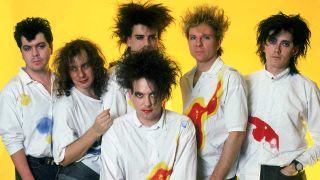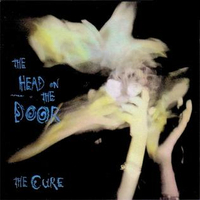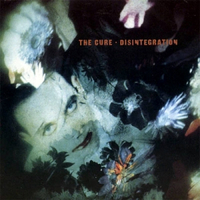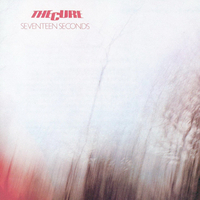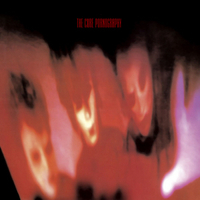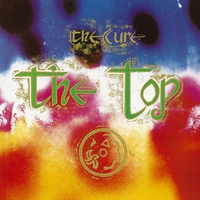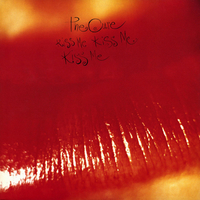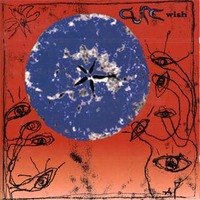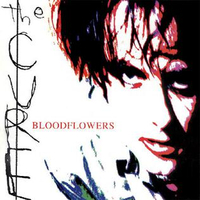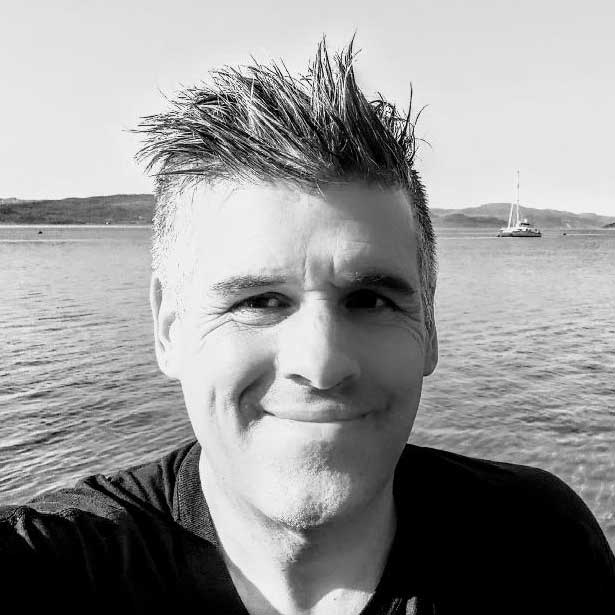In a career spanning over 40 years, The Cure emerged from the wreckage of punk, helped launch the goth movement and ballooned into planet-conquering alt-rock titans. Along the way this creepy Crawley collective recorded some of the most diverse, perverse, sleepy-sad and sickly-sweet albums in the British rock canon.
The shorthand caricature of The Cure’s sound would be Robert Smith’s pained whimper set to a gloomy backdrop, yet these perennial cult favourites have actually travelled a remarkably eclectic journey all over the musical map. Their opening suite of youthful albums was rooted in the monochrome angularity of post-punk, but during the 1980s they also embraced roaringly romantic pop, jazzy textures and super-sized stadium riff-monsters.
Alongside Def Leppard and Depeche Mode, The Cure were one of the few British bands to truly conquer America in the 1980s and 1990s. The panda-eyed, haystack- haired Edward Scissorhands of noir-punk evolved into a musical version of Dr Jekyll and Mr Hyde, swinging wildly between doom-rock epics and super-catchy, three-minute pop classics.
With more accessible albums like The Top and The Head On The Door, they stopped being sullen outsiders and blossomed into a universal cult that everyone could join. In the process, their songs wove themselves into the global pop fabric, inspiring cover versions by everyone from the Smashing Pumpkins and Dinosaur Jr to Tricky and Adele.
As The Cure’s sole remaining founder member, Smith has had boozy fights and bitter fall-outs with numerous former band members, and the fluid line-up constantly reshaped itself. But running like a golden thread throughout their career has been the singer’s enduring love of late-60s psychedelic rock. This manifested itself in a series of Hendrix and Doors covers, a fondness for trippy guitar effects, and a lyrical flair for phantasmagorical imagery that tapped a rich tradition of English literary surrealism ranging from Lewis Carroll to Syd Barrett.
It's been over a decade since The Cure released their last album, 4:13 Dream, but it seems they don't need to keep the discography rolling. They're still out there, headlining festivals and promising new music, even if it fails to immediately materialise. "We’re going [to the studio] in about six weeks time to finish off what will be our first album for more than a decade." Smith told SiriusXM in 2018. "So it’s very exciting times for us all round.”
Over 40 years since The Cure took their first steps, Robert Smith remains one of British rock’s true originals. Here, we compile the albums that defined his career.

The Head On The Door (Fiction, 1985)
You can trust Louder
